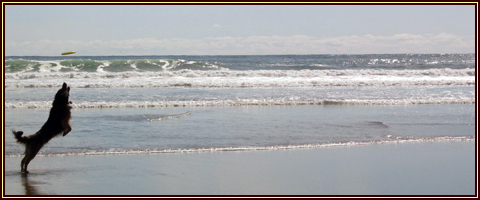Snakes As Pets: How And What To Feed Your Pet Snake
Sunday, January 29th, 2012First when feeding a pet snake, it is important thahat they be provided with a safe and cosy environment in their enclosure. Typically, snakes consume their prey whole, irrespective of whether it is composed of insects, fish, amphibians, mammals, or birds, this is created possible thanks to the maneuverability of the loosely attached jawbones and the flexibility of the skin.Snakes rely often on scent to find their prey the continually flickering tongue picks up particles from the environment and transfers them to a sense organ, called Jacobson’s organ, found in the roof of the mouth.
Quite a few disputes have raged over the need for supplying live prey to snakes. While it is true a snake can deal swiftly and painlessly with any prey it may wish to consume, it should invariably be remembered anytime rodents are utilised for feeding there's always the potential the prey may turn on the snake. A snake in cases like this, whether it is a potent constrictor or possibly even a toxic species, will generally fail to retaliate and will even sustain deadly injuries. Lots of captive snakes, even those straight from their natural environment, accept dead prey and its a lot less dangerous for the snake. Should an occasion occur in which live food must be used, both the comfort of the prey as well as the security of the snake is helped by leaving food for the prey inside the cage as well.
Rodent-eating species are fed with mice, rats, or rabbits, depending on species and size. Guinea pigs (cavies) should not be offered to reptiles because their especially tough skin and hair can trigger heavy digestive troubles. The amount of food given at every meal, generally weekly, clearly is set by the size and species of snake. Smaller, active snakes need more food in relation to their size matched against bigger, more dozy species hence a four foot rat snake would need about three or 4 adult mice weekly, however one rabbit may presumably keep a 12 foot python happy for a few weeks. Snakes shouldn't be permitted to gorge themselves too heavily, given that, especially in prison, they've got a tendency to gain additional weight with an alarming rate. A good snake ought to have a well-rounded body without being overweight; it’s advisable always to keep your pet a little hungry in order to maintain its interest in food.
Hunger strike is a concern frequently experienced with captive snakes. Frequently a snake will go on a hunger strike for many weeks or even months, and then begin to feed again. This is generally the behaviour of snakes that would, in their native nations, either hibernate or maybe be impacted by drought, and assuming the snake continues to be taken care of, this type of extended fast can do the reptile no harm “in some examples it'd even be useful.
Usually hunger strikes occur in latterly imported animals. Each effort must be made to supply such snakes with as wide a variety of food as is possible: a snake coming right from the wild might not recognise a white mouse as food, but it could take to a brown one or maybe a small gerbil. Raising the heat in the enclosure might spur the snake to eat food. Should this be unsuccessful, switching off all of the lights and leaving the snake in complete darkness could help. It is amazing how simply the presence of a human can put a timid reptile off its food, the owner truly should attempt to curb his/her zeal for a while by leaving the snake on it’s own after offering its food. Forced feeding might potentially be advocated in cases of hunger strike, but may actually speed up instead of postpone the animal’s death. A snake is a really delicate creature, and tries to force food down its throat that might be regurgitated later are definitely not favorable. If kept in proper environment and provided the proper food the snake should eat finally; if it doesn't it’s possible the snake is sick or physically hurt, possibly due to transportation. Of course, it’s recommendable the future owner observe an individual snake eat before he/she buys it.
Lots of snakes which in their environment live on birds can readily accept day-old chicks. Often these could be acquired from commercial hatcheries when the undersized chicks are destroyed after sorting.
Species including garter and water snakes, which usually eat live fish, may be coaxed into eating strips of flesh from bigger fish. At the start they might need to be enticed with live tiddlers or goldfish, but virtually all will speedily conform to more freely available food.
Greg Weir is an amateur herpetologist and runs A Pet Snake, an internet site that supplies information for people interested in snakes and pet snake care.







